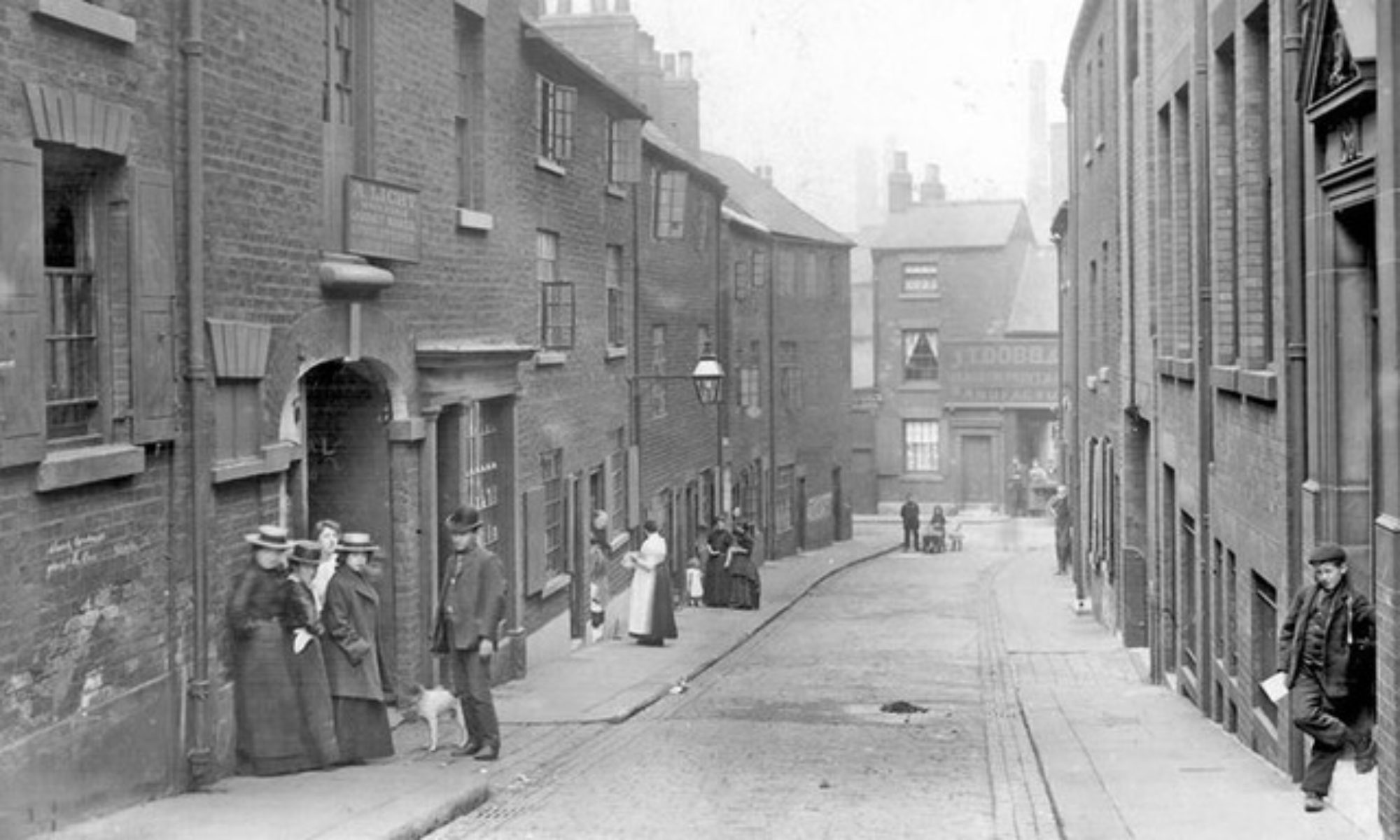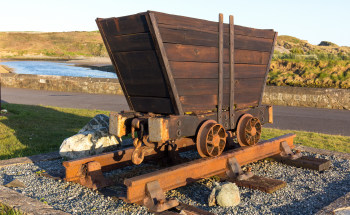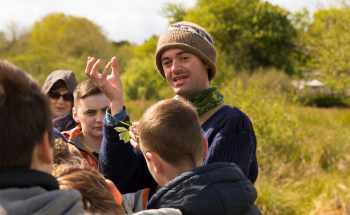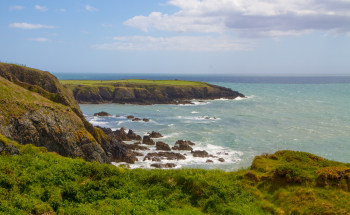Note: Error in Episode 90…Ignore my wage and bread calculations..woefully wrong.
Note 2: All of these Episodes…discursive for sure, jumping around…all of them have
been written as stories that might help the readers who are trapped in isolation
as Covid 19 wreaks havoc with the world we once knew.
EPISODE 90 FAREWELL TO IRELAND…
alan skeoch
August 2020
Stories about Bonmahon, and the copper mines at Knockmahon and Tankardstown
must come to an end I suppose. Readers reach a point of saturation no matter
how enthusiastic the author remains. If pushed I can write other Episodes
about my 1960 Irish adventure. I might decide to do more myself.
Much will be left out and that bothers me. So let me leave you with a few parting
comments from the mine children of Bonmahon. Interviewed while sorting and
crushing copper ore. (quotes thanks to Des Cowman)
Women and girl Workers in the copper ore sorting shed of Bonmahon may
have loved similar to these women. Clothing was ragged.
These children were American oyster shuckers pictured in the late 19th century. The mining
children of Bunmahon would, I think, have looked similar.
Thirteen year old Helen Howke:
“We sit down at this work and lean on our elbows….I get
fourpence (4d) per day. We come to work at 6 o’clock …at half past eight the bell
rings for breakfast…we have half an hour. At one o’clock the bell rings for dinner.
We have an hour and then work till six o’clock when the bell rings. In the winter
we work as long a light will permit. We begin at daylight and leave off when it
gets dark. I had potatoes and a bit of fish for my dinner. I go home for my meals
but many have their dinners on the works.” (She started work at 11 years of age)
Margaret Gough, says she is “about 15 years old.
“I have never been to school. I can neither read nor write. I have three brothers and
five sisters. They are all at home. Two of them besides me work here. We
are very poor. I get paid 4d per day (guess that might be 10 cents) very regularly.
I have no shoes or any other clothes than theseI have on. I can sew a little. I give
my wages to my mother.”
Two boys, 10 and 11 years old
“Some of us get a slap on the head sometimes or a cut with a stick when not
attentive to our work”
Work at Knockmahon was not as abusive as it sounds. Mining copper was less
dangerous than working in the coal mines of the English midlands. Less danger
of fire, silicosis, mining collapse, physical abuse. The miners were well paid wen
incomes are measured against other incomes in 19th century Ireland where
poverty prevailed.. Likely most of the miners and
their families hoped and prayed that the copper vein would extend deeper
in the hinterland. It did not.
Better to have a job at Knockmahon … either above or below ground…than
to have no job at all.
(Wages: In 1850 — $100.00 was equal to $3,305.00 dollars today in 2020
or in other words $1 in 1850 = $33 today in 2020.
Four pence in1850 = roughly 50 or 60 cents today in 2020, not a bad wage)
I would like to congratulate Des Cowman for his research skills that have
put flesh and blood on the bones of the copper cliffs of Bonmahon. His
work has also done much to make the area of Knockmahon into a UNESCO
GEOPARK where tourists can imagine life in a 19th century mining community.
Confused? The villages of Bonmahon and Knockmahon are really one
large village separated by the Mahon River.
alan skeoch
August 2020
VISITING IRELAND? THE COPPER COAST HAS BECOME A UNESCO GLOBAL GEOPARK
-IT is even possible to go underground and see the 19th century mining operation
at Knockmahon.
COPPER COAST ADVERTISED…OPEN FOR TOURISTS NOW

Copper Coastline IMAGE:GETTY IMAGES
The Copper Coast, in County Waterford, is named after the historic metal-mining industry and is now a tourist attraction thanks to the geological history of the area from Palaeozoic volcanism to the last ice age.
In 2001 the area was declared a European Geopark. In 2004 it was named a UNESCO Global Geopark. The Copper Coast stretches 10.5 miles from Kilfarrasy to Stradbally.
The region is known for its panoramic seascapes, cliffs, bays, and coves. In fact, the Copper Coast Road, the R675 stretching from Dungarvan to Tramore, is considered to be one of the most beautiful scenic drives in the world. It’s also known for it’s beautiful, clean beaches such as Clonea and Bunmahon and the village of Bunmahon, Boatstrand, Dunhill, Annestown and Fenor. Tramore, the popular seaside resort, is the best known town along the Copper Coast, but it also has a wealth of “undiscovered” secluded coves and beaches.
Read more: Dublin and Surrounding areas tours
Knockmahon
At Monksland Church, in Knockmahon, there is a visitor center dedicated to the geopark and its 460 million years of history. The geopark itself is an outdoor museum of geological records. The park explains how volcanoes, oceans, deserts and ice sheets all combined to create the rocks which provide the physical foundation of the natural and cultural landscapes of the area.
For those who want to explore the area’s mining center Bunmahon is the town to visit. This was the center of copper mining in the area during the 19th century. In fact, some of the Tankardstown Engine House is still standing near the village.
The Geological Garden, in Bunmahon, provides visitors with a glimpse into the geology of the Copper Coast. The Time Path in the garden will guide you through geological time with 28 slabs depicting the major steps in Earth history and evolution of life. There are also two ogham stones found nearby which are aligned to the summer solstice.
The Geopark grew out of the Copper Coast Tourism Group which had been formed in 1997; our application to join the new European Geoparks Network was accepted in 2001.
more
EducationOur primary school education programmes are curriculum linked and specially designed to enage children with both Earth Science and broader STEM concepts in a fun and hands on manner.
more
Geological SitesThe rocks of the Copper Coast recorded different geological events over 460 millions years. It all started on the ocean floor, near the South Pole, when this part of Ireland wasn’t a land yet.
more










